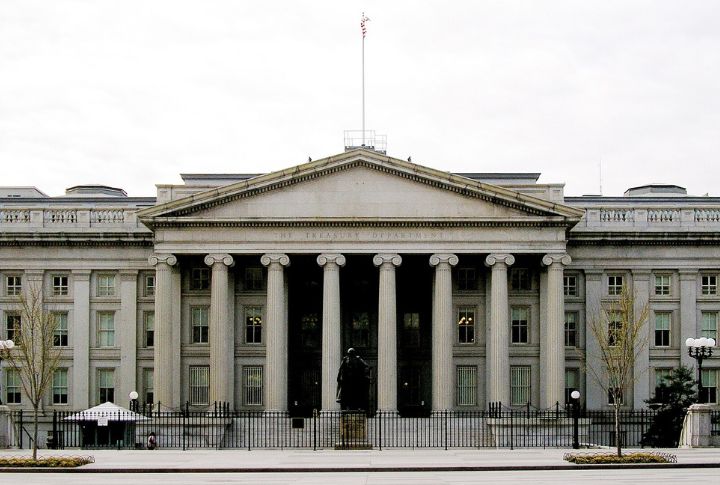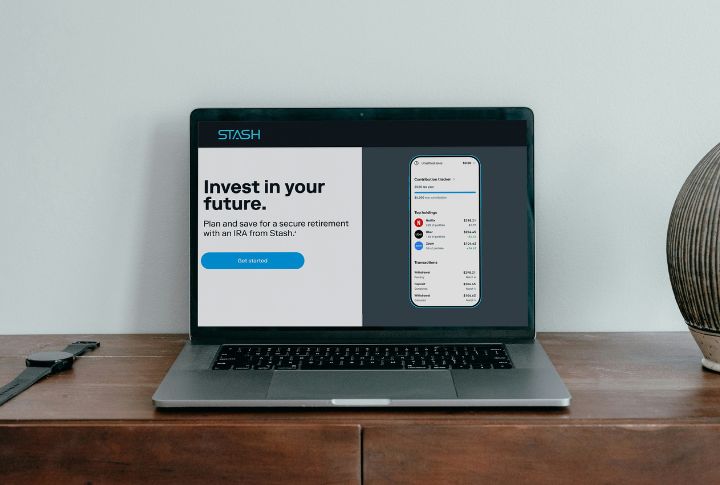
Warren Buffett’s investment strategy for regular people involves exactly two funds and takes about ten minutes to understand completely. This approach has consistently beaten most professional managers while requiring zero stock research or market timing skills. Here’s what makes Buffett’s two-fund blueprint so effective and why he thinks it’s all investors actually need.
Buffett Doesn’t Use It Himself

He still runs his own portfolio the old-school way. But when it comes to advice for everyday investors, he points people toward something far simpler. His reasoning is clear: most people benefit more from consistency than from chasing high-stakes strategies.
The Plan Is Surprisingly Simple

This strategy keeps things super simple. One fund tracks the S&P 500, which includes big American companies. The other holds short-term U.S. Treasury bonds. Together, they form a balanced setup that doesn’t require constant decisions or special tricks to succeed.
Stocks Get The Biggest Slice

The massive 90% stock allocation makes perfect sense when you think about it logically. The S&P 500 lets you ride along with America’s economic growth without having to become a financial expert overnight. You’re essentially hiring the market’s best companies to work together for your retirement.
Bonds Provide Stability

Short-term bonds get the leftover 10% because they serve as your financial safety net. When stock markets decide to throw their occasional tantrums, this conservative portion helps keep your portfolio from feeling too volatile. It’s like having a steady friend who stays calm while everyone else is freaking out.
Index Funds Beat Most Pros

Buffett’s two-fund plan uses an S&P 500 index fund because it consistently outperforms most professionals. He famously bet a million dollars that it would beat hedge funds—and won. For everyday investors, this low-cost, no-fuss option delivers strong results without needing expert-level skills.
The Plan Avoids High Fees

With no active management and no constant buying or selling, costs stay tiny. Every little bit you save on fees adds up. Over time, those savings can turn into thousands of extra dollars just by sticking with this quiet, cost-efficient plan.
It’s Built For The Long Term

This plan isn’t made for quick wins. It grows slowly and steadily as the years go by. Buffett always says the real power of investing comes from staying in it for the long run, and this strategy is built with that mindset from the start.
Rebalancing Is Rarely Needed

Once you’ve got it going, it mostly takes care of itself. You might check on it now and then or rebalance every year or two, but there’s no pressure to constantly tweak things. It is the kind of setup that rewards patience and calm decisions.
It Performed Well in Tests

Across different decades, the plan held up through wild market swings. It stayed steady through downturns and recovered faster than many people expected. Even during big crashes like 2008 and 2020, its balanced setup helped soften the blow and rebuild value quickly.
It’s a Timeless Investment Model

There’s a reason this idea keeps coming up. It fits any era, whether you’re just starting out or decades into investing. Low fees and clear thinking still matter. People might chase trends, but this steady style quietly builds real wealth across a lifetime.
